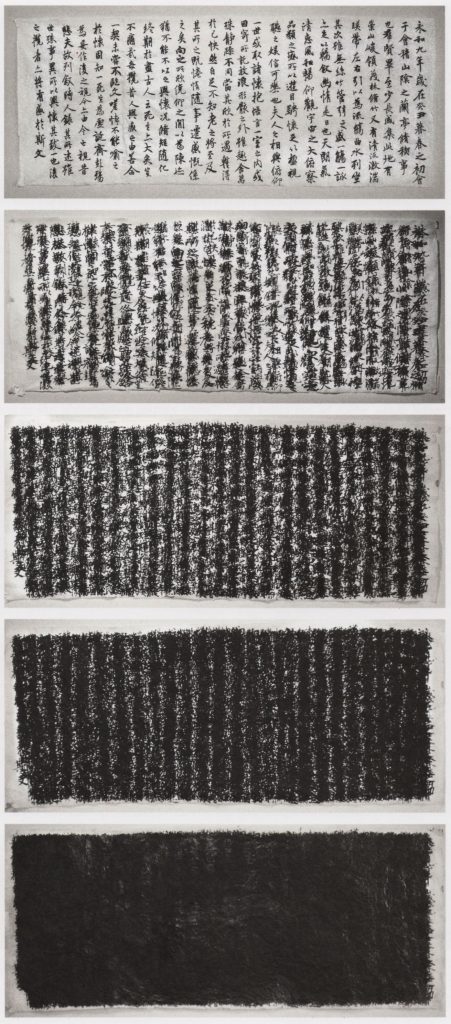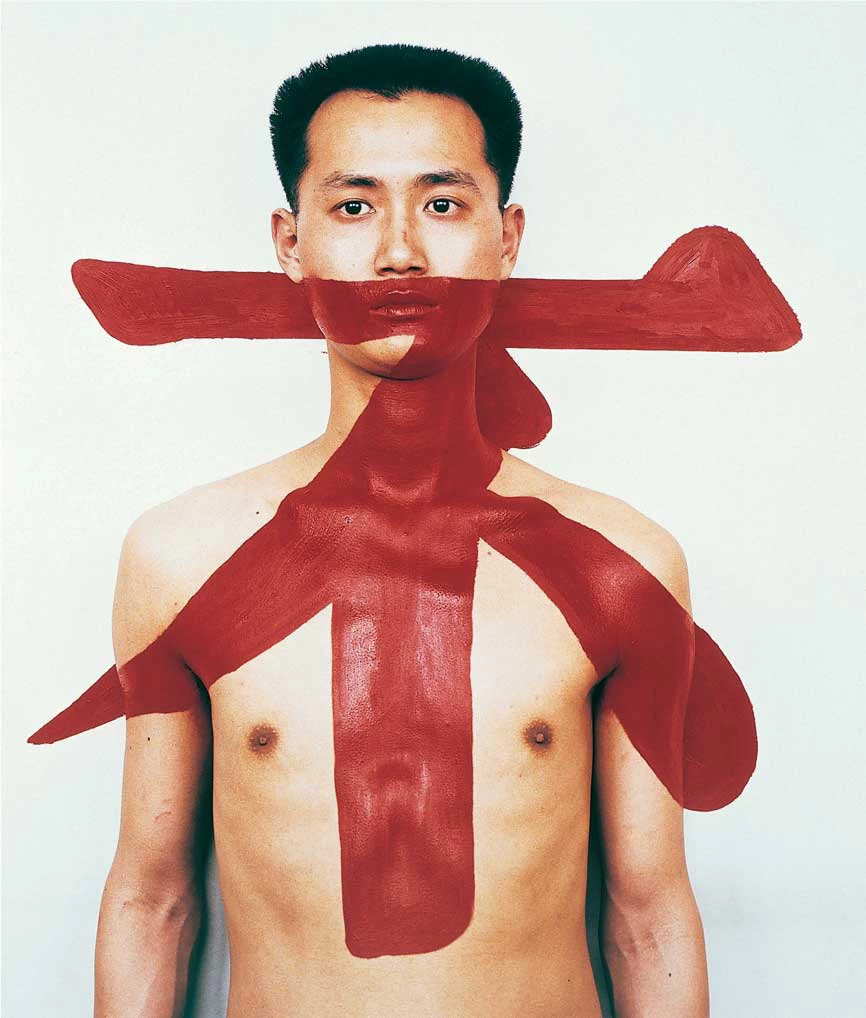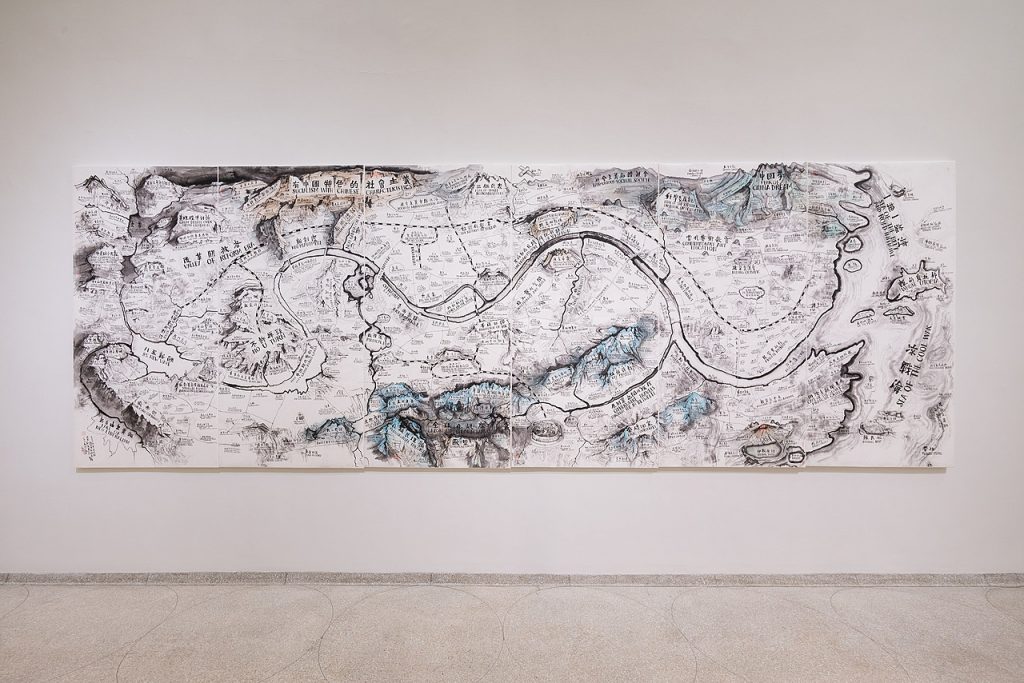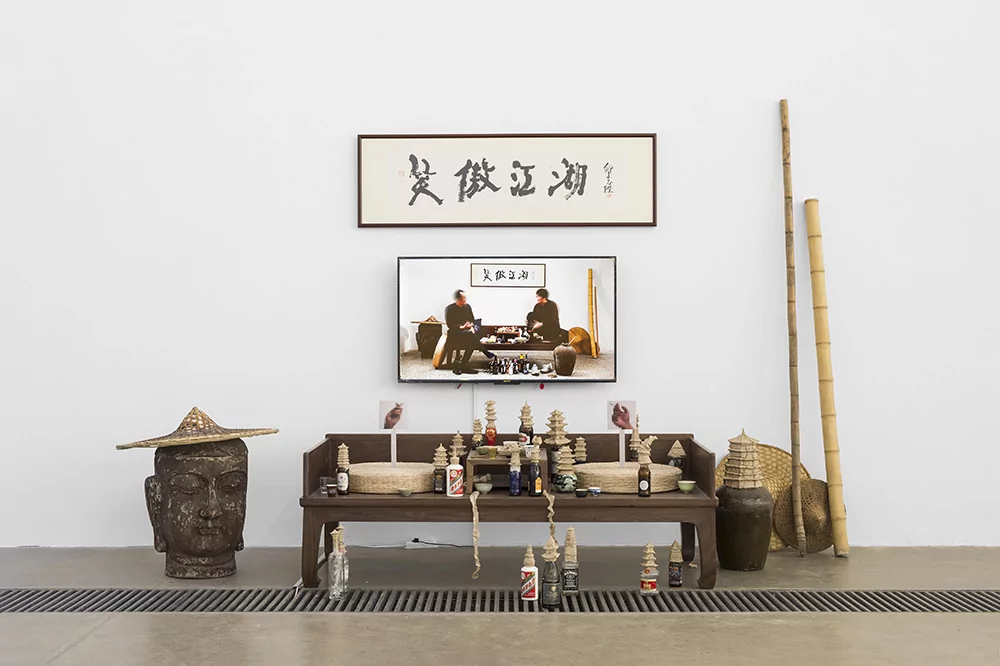5 Ultracontemporary Artists Redefining the Korean Art Landscape
The dynamic South Korean art scene is quickly becoming one of the most prominent globally, blending rich traditions with cutting-edge innovation. And...
Carlotta Mazzoli 13 January 2025
One of China’s most prominent contemporary artists, Qiu Zhijie’s work transcends boundaries and cultures through a unique blend of traditional and avant-garde elements. His practice challenges societal norms, embraces diverse influences, and uses conceptual mapping to present a universal language that offers profound insights into the complexities of the human condition.
Qiu Zhijie is a theorist, curator, and a prolific artist working across a diverse range of mediums. He has long influenced the Chinese art world and today is regarded as one of the biggest innovators in contemporary Chinese art. Nonetheless, his work is deeply rooted in traditional mediums, such as ink painting. However, his practice is universal, just like the themes he analyzes, mingling past and present, Eastern and Western.
Born in 1969 in Zhangzhou, Fujian Province, Qiu Zhijie grew up during a transformative era in China’s history, the Cultural Revolution. At that time, the artist experienced firsthand the massive sociopolitical changes that Chinese society underwent as a result of the revolution. This experience left a mark on the artist, who throughout his career will continue to go back and forth between traditional Chinese culture and contemporary instances, language, and identity. After graduating in 1992 from the printmaking department of the Zhejiang Academy of Fine Arts (now China Academy of Art) in Hangzhou, he ventured into various artistic disciplines.

Qiu Zhijie, Assignment No.1: Copying the “Orchid Pavilion Preface” 1000 Times, 1990-1995. Courtesy of the artist.
In his early work, Qiu focused primarily on multimedia installations that used organic material, found objects, and antiques, as well as photography, video, and performance, to create powerful assemblages. His practice explored the concept of “total art”, one that has been recurring in all his work.
Among the most prominent works from the early stages of his career is Assignment No. 1: Copying the “Orchid Pavilion Preface” One Thousand Times. It is considered to be not only among his best works but one of the most representative works in contemporary Chinese art history. It was created between 1986 and 1997 when he was still an undergraduate. For Assignment No. 1 Qiu repeatedly copied the Preface to the Orchid Pavilion Gathering, a classic poetic text by the renowned fourth-century calligrapher Wang Xizhi, until the characters and their meaning became unreadable and therefore completely obliterated. In this work, the artist questions the notion of cultural systems and societal norms. The text is not actually canceled, but through repetition and rewriting it over and over, it gets lost nonetheless. Therefore, the entire message and the cultural references associated with it are equally impossible to decipher.
In 1992, the year of his graduation, the artist participated in his first major exhibition, China’s New Art, Post-1989 at the Hanart Gallery and Hong Kong Arts Centre. In the following years, Chinese and international critics and galleries alike started recognizing his works. This led to his first exhibition in London in 1999, for Revolutionary Capitals: Beijing-London at the Institute of Contemporary Arts, and his first solo exhibition in the United States in 2007 at the New York gallery Chambers Fine Art.
In Qiu Zhijie’s practice, calligraphy and Chinese characters, or more broadly the very act of writing, are recurrent topoi. From his early works, such as the Tattoo series, he has often incorporated characters and writing in his work, whether as the main focus or as one of the elements concurring with the final result.

Qiu Zhijie, Tattoo II, C-print, 1994. Photo Courtesy of Galerie Loft.
In fact, his artistic philosophy draws inspiration from diverse sources, amalgamating traditional Chinese wisdom with contemporary ideas. Being a theorist and accomplished author of art theory books, his practice is multifaceted and his work presents different references and characters. Nonetheless, his work centers around several themes that are not only recurrent but can link together different works and periods throughout his career. Some examples of this are identity, history, language, and the exploration of self through a lens that merges past and present.
Furthermore, Qiu Zhijie is also influenced by Western art movements such as Conceptual Art and Fluxus. His exposure to international art practices has allowed him to adopt a global perspective while remaining rooted in his Chinese heritage. In his practice and research, Qiu Zhijie challenges societal norms and engages with the complexities of Chinese history, mythologies, and cultural traditions.
One of Qiu Zhijie’s defining characteristics as an artist is his multidisciplinary approach. He seamlessly moves between different mediums, blurring the boundaries between painting, calligraphy, photography, installation, and performance art. This fluidity allows him to transcend conventional artistic limitations and express his ideas in the most compelling and appropriate form.
In recent years, his practice has incorporated maps, alongside mixed media installations. For example, in 2017 he created Map of Theater of the World for the Guggenheim Museum exhibition Art and China after 1989: Theater of the World. The map comprises six panels decorated with ink on paper and charts the art and political movements that characterized Chinese artists between 1989 to 2008. Commissioned for the Guggenheim exhibition, which covers the same time period, each panel on the map represents one of the chronological and thematic sections of the exhibition. In the work, peaks, valleys, and waterways indicate Chinese and global political events, ideological currents, and cultural movements. It is therefore not a geographical map, but rather a conceptual one.

Qiu Zhijie, Map of the Theater of the World, ink on paper mounted to silk, 2017. Photo courtesy of Solomon R. Guggenheim Museum, New York, Gift of the artist with additional funds contributed by the International Director’s Council, 2017
Qiu was not new to this approach. In the past decade he has made several conceptual maps, presenting ideas and concepts rather than physical places. Mapmaking has always been one of the fundamental tools for humans to represent and make sense of the world, but also to chart ideas and imagine new conceptual and geographical territories. Equally, Qiu uses mapmaking to present his universe, mixing this universal concept with the ancient Chinese tradition of mapping imaginary places. Between fictional and philosophical, his works are diagrams of thoughts and maps of ideas, rather than simple charts of rivers, mountains, valleys, and cities.
Together with his artistic endeavors, Qiu Zhijie has also made significant contributions as an educator. He is among the founders of the Department of Intermedia Arts at the China Academy of Art, where he also works as a professor. In addition, he has served as the Dean of the School of Experimental Art at the Central Academy of Fine Arts in Beijing, nurturing and inspiring the next generation of Chinese artists. Through his teaching and books he encourages students to embrace experimentation, interdisciplinarity, and critical thinking, fostering a vibrant artistic community in China.

Exhibition view of Qiu Zhijie, Lectures, 2020, Galleria Continua, Beijing, China. Photograph by Dong Li, Courtesy of Galleria Continua.
In addition, he has served as curator and co-curator for several exhibitions, some of which had a seminal role in introducing new media and experimental art in the Chinese panorama. In 1996, for example, he co-curated Image and Phenomena–’96 Video Art Exhibition, and in 1999 Post-Sense Sensibility: Alien Bodies and Delusion. Moreover, he was the chief curator of the Shanghai Biennial in 2012 and the curator of the China Pavilion at the Venice Biennale in 2017.
Qiu Zhijie’s artistic journey is a testament to the power of creativity to transcend cultural barriers and inspire meaningful dialogues. His ability to seamlessly merge traditional Chinese aesthetics with contemporary ideas and global influences sets him apart as a truly exceptional artist. Through his multidisciplinary approach, exploration of identity and history, and dedication to pushing artistic boundaries, Qiu Zhijie has left an indelible imprint on the art world. As his artistic trajectory continues to unfold, it is clear that his contributions will shape and enrich the artistic landscape for years to come.
DailyArt Magazine needs your support. Every contribution, however big or small, is very valuable for our future. Thanks to it, we will be able to sustain and grow the Magazine. Thank you for your help!